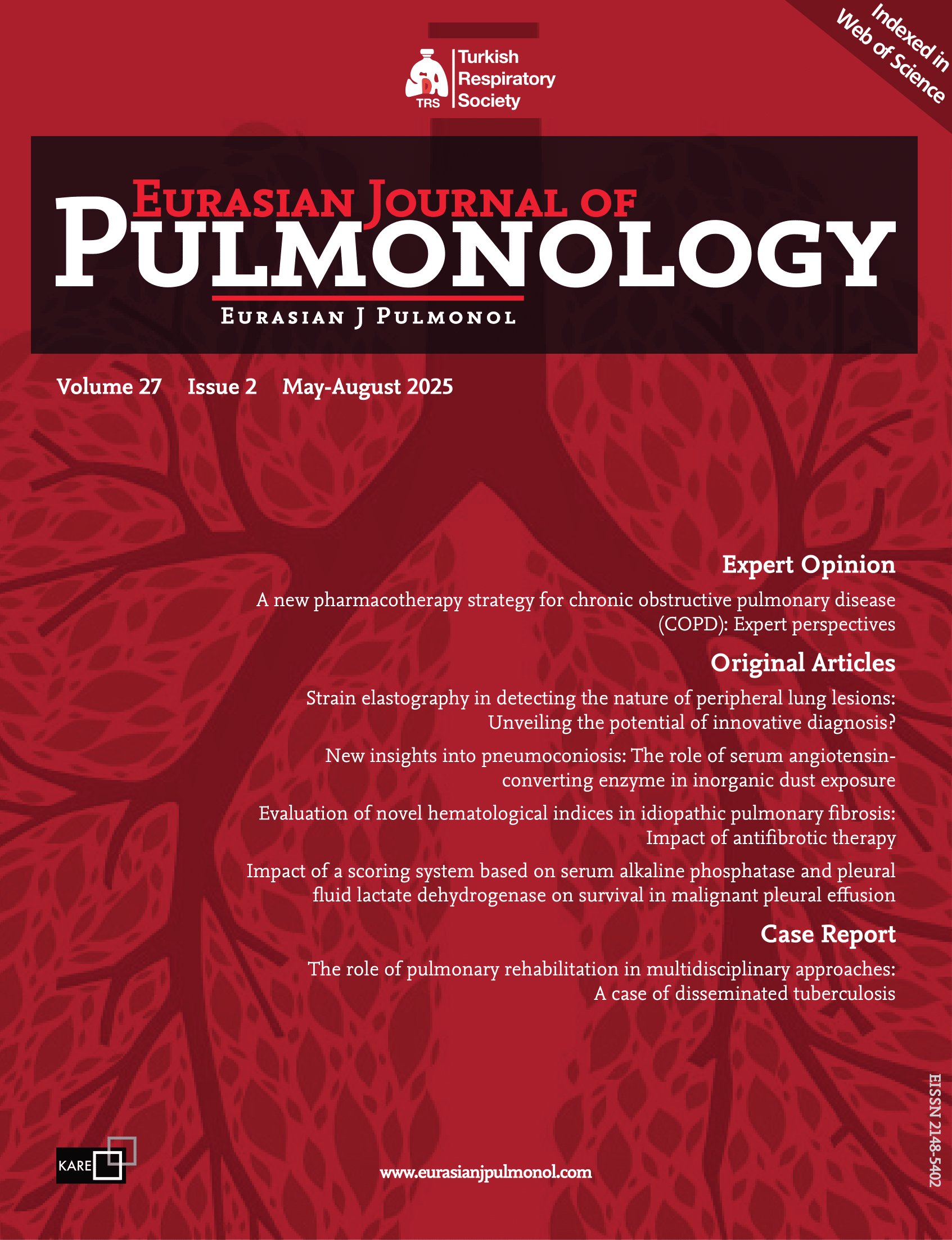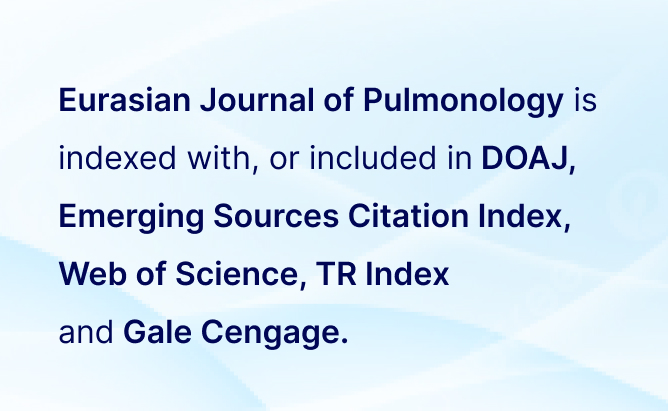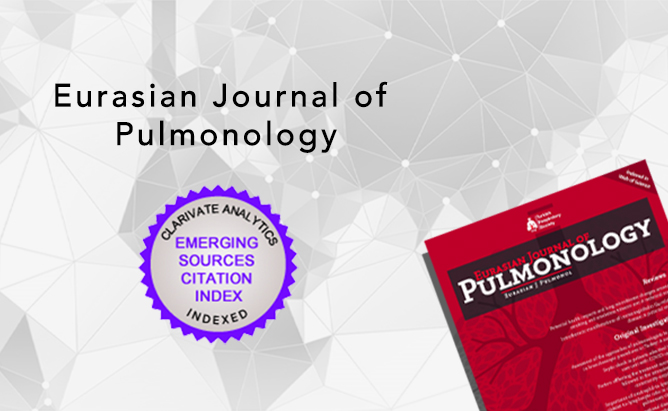2Department of Pulmonary Diseases, Faculty of Medicine, Yildirim Beyazit University, Ankara, Turkey
3Department of General Surgery, Faculty of Medicine, Gaziosmanpasa Hospital, Istanbul, Turkey
4Department of General Surgery, Faculty of Medicine, Yildirim Beyazit University, Ankara, Turkey
5Department of Nephrology, Ankara Ataturk Training and Research Hospital, Ankara, Turkey
6Department of Family Medicine, Faculty of Medicine, Yildirim Beyazit University, Ankara, Turkey
Abstract
BACKGROUND: In renal transplant recipients, evaluation of pulmonary complications and investigation of reduction interventions are important due to the potentially fatal results of pulmonary complications after transplant surgery. However, data are lacking about pulmonary complications in renal transplant recipients with living- or deceased-renal donors. Therefore, we aimed to assess the pulmonary complications in living- versus deceased-donor renal transplant recipients.
METHODS: We retrospectively searched the medical records of patients who underwent renal transplantation in our tertiary referral center between 2013 and 2018. Sociodemographic characteristics, pulmonary complications, and major comorbidities were compared according to the donor type (living or deceased).
RESULTS: Fifty-two of 100 transplantations from living donors and 48 of 100 transplantations from deceased donors were formed the patient groups. There were no statistically significant differences in terms of sociodemographic and clinical characteristics between the groups except with regard to pneumonia complication. The pneumonia rates were 11/48 (22.9%) and 3/52 (5.8%), P = 0.020, for the deceased- and living-donor renal transplant recipients, respectively. Deceased-donor transplant recipients had a 4.8-fold risk of developing pneumonia (odds ratio, 4.8; 95% confidence interval, 1.2–18.6; P = 0.021).
CONCLUSION: Deceased-donor renal transplant recipients are more vulnerable to pulmonary complications than are living-donor ones and should thus be monitored closely.





 Ebru Sengul Parlak1
Ebru Sengul Parlak1 




